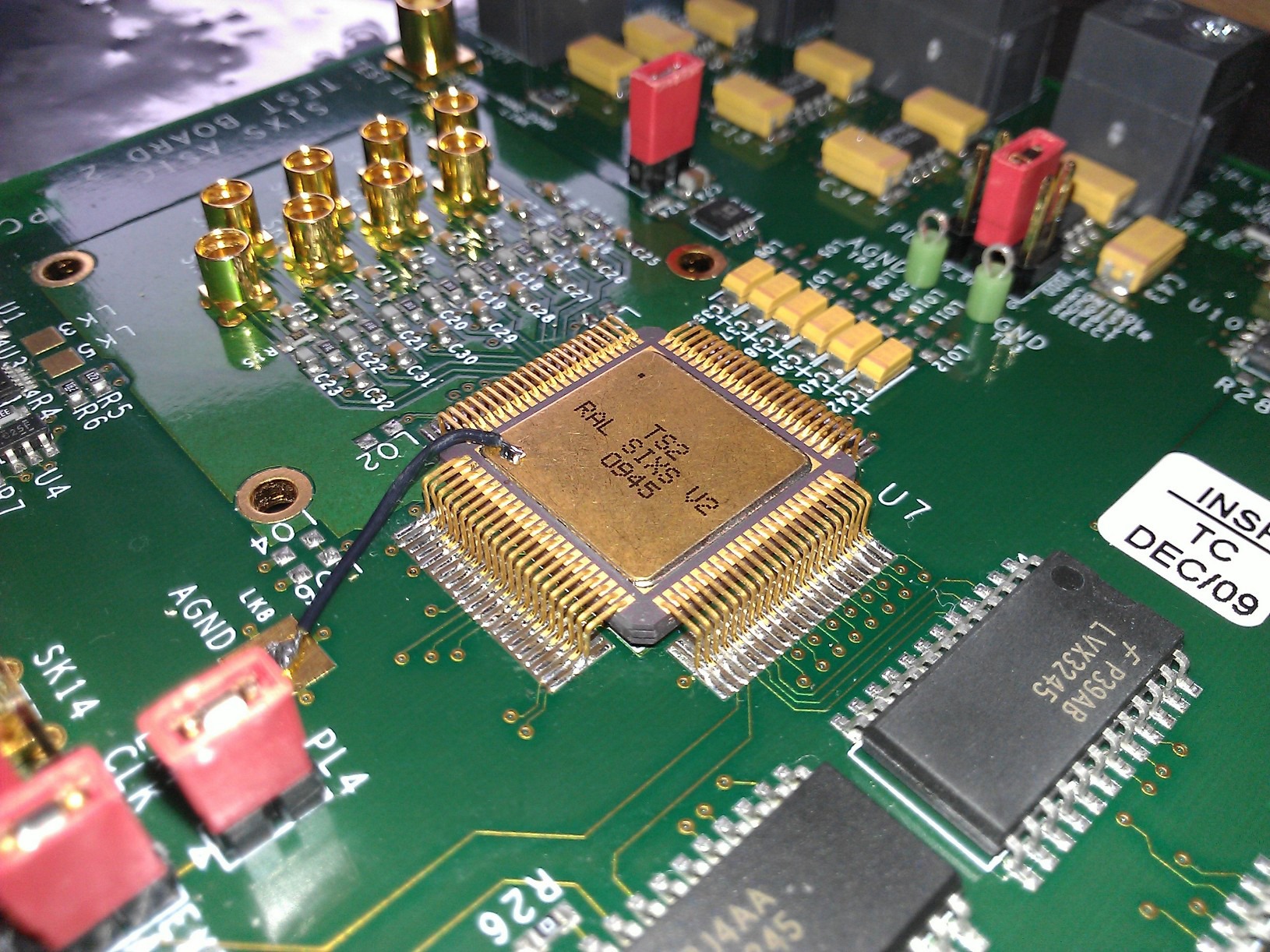New images have been released following the BepiColombo mission's third gravity-assisted flyby of Mercury, featuring the Solar Intensity X-ray Spectrometer and its readout ASIC developed by the Technology Department.
Mercury is the least explored planet within the inner Solar System as, according to the European Space Agency, its proximity to the Sun makes it difficult to observe from Earth, hard to reach for spacecraft, and too hot to orbit up close.
BepiColombo is the joint European-Japanese space mission that seeks to tackle this challenge.
The scientists behind the uniquely named spacecraft want to change our understanding of Mercury by studying the planet's “composition, geophysics, atmosphere, magnetosphere, and history."
The work of STFC's Technology Department has been vital to this goal, as the department's ASIC design team is responsible for developing a vital step in the circuitry of one of Bepi's key instruments – SIXS.
The History of Bepi
The mission received its unique name from Professor Guiseppe 'Bepi' Colombo, an Italian mathematician and engineer whose calculations supported NASA's Mariner 10 to achieve three Mercury flybys in 1974 and 1975.
The European Space Agency (ESA) and Japanese Aerospace Exploration Agency (JAXA) mission is the most complex instrument ever sent to the rocky planet.
The mission began in 2018 with the spacecraft's launch and has continued with Mercury flybys in 2021, 2022, and 2023, with the latest set for September 2024.
Bepi's third flyby, which took place in June, has produced a trio of images that feature a new impact crater and other geological points of interest.
While Bepi's main mission is to observe Mercury, it must make a 7.2-year-long journey before it can enter the planet's orbit, during which time it will perform Earth, Venus, and Mercury flybys.
Although many instruments are turned off during this “Cruise Phase," SIXS will remain operational. It will carry out operations in all phases of the mission and perform important scientific measurements.
 An image of Mercury taken by Bepi during its third flyby (credit: ESA/BepiColombo/MTM)
An image of Mercury taken by Bepi during its third flyby (credit: ESA/BepiColombo/MTM)
Technology hit it for SIXS
STFC's Technology Department is responsible for developing a readout ASIC for Bepi's Solar Intensity X-ray and Particle Spectrometer instrument, aka SIXS.
An ASIC (Application-Specific Integrated Circuit) is a type of integrated circuit that is customised for a specific purpose. These devices, made of components many times smaller than a human hair, take the place of lots of complicated electronics and make complex systems like BepiColombo possible.
SIXS's primary task is to measure direct X-rays, energetic protons, and electrons that reach Mercury from the Sun.
The SIXS ASIC supports this task by gathering information from the particles that interact with the instrument's silicon detector and passing it on to another piece of hardware for analysis and further processing.
X-ray emissions, created when the particles produced by the Sun bombard the planet's surface, are then observed by another of Bepi's instruments, MIXS or the Mercury Imaging X-ray Spectrometer.
The observations gathered by this duo will help scientists to better understand Mercury's composition and determine how the planet was formed.
 A test version of the SIXS ASIC mounted on a custom-printed circuit board.
A test version of the SIXS ASIC mounted on a custom-printed circuit board.
Read more about BepiColombo on the
European Space Agency's website.
Written by Catherine Lewin-Williams.
